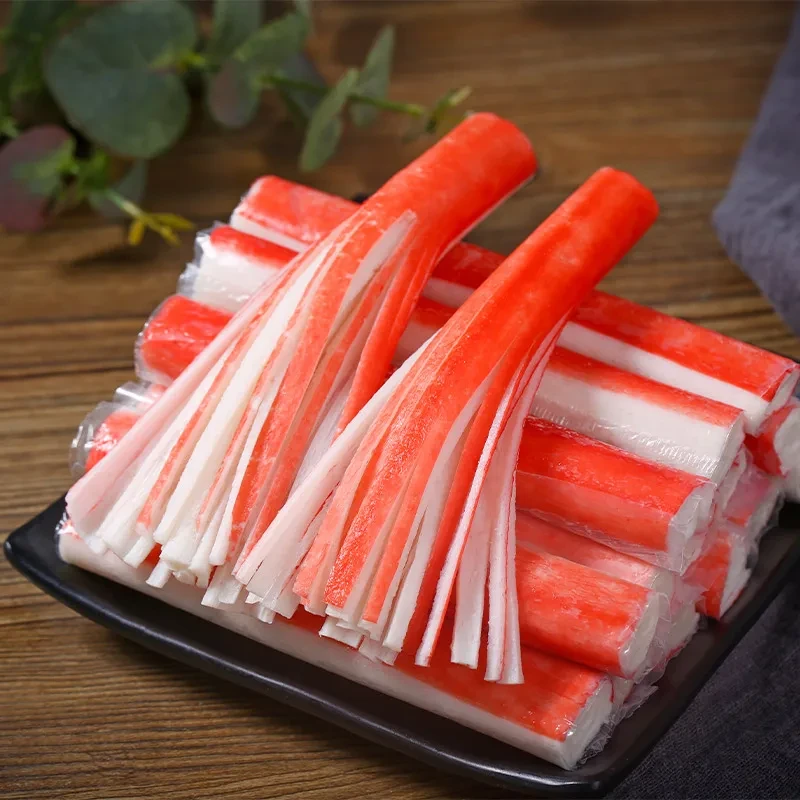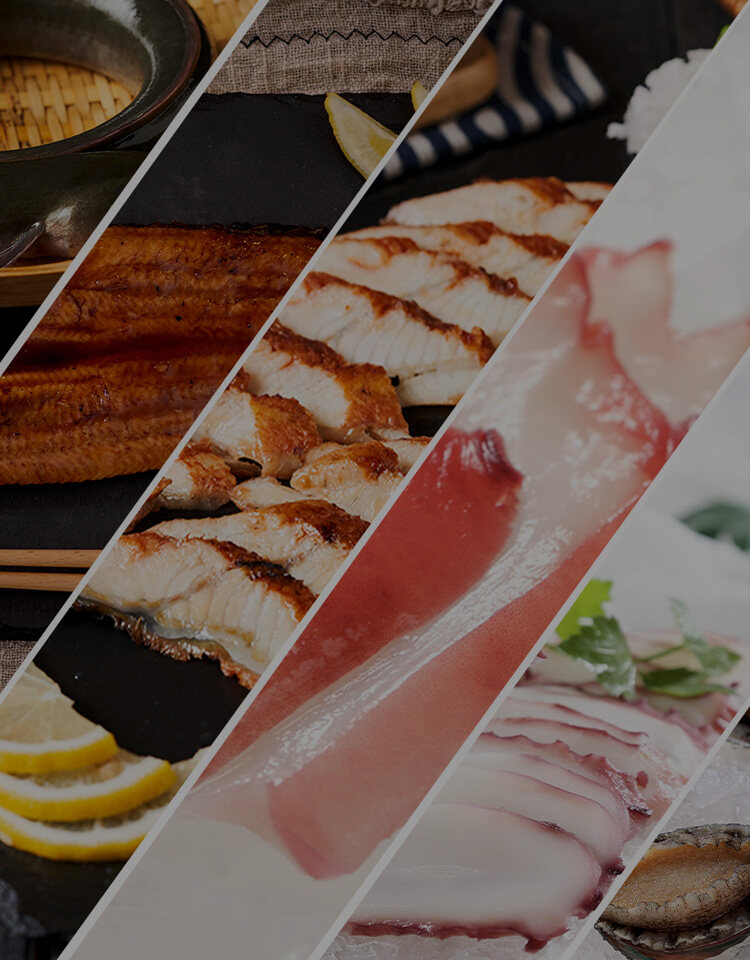Email cannot be empty
Password cannot be empty
Email format error
Email cannot be empty
Email already exists
6-20 characters(letters plus numbers only)
The password is inconsistent
Email format error
Email cannot be empty
Email does not exist
6-20 characters(letters plus numbers only)
The password is inconsistent


Crab Sticks: A Delightful Seafood Treat for Every Occasion
Crab sticks, often known as imitation crab meat, have become a popular choice for seafood lovers around the globe. Whether used in salads, sushi rolls, or simply eaten as a snack, these delicious and affordable seafood treats have found their way into many kitchens. In this article, we’ll explore everything you need to know about crab sticks, including their origin, how they are made, various ways to enjoy them, and their nutritional benefits.
What Are Crab Sticks?
Crab sticks are a type of processed seafood made primarily from white fish, most commonly Alaska pollock. Despite the name, crab sticks usually contain little to no actual crab meat. Instead, the fish is ground into a paste known as surimi, flavored, and colored to resemble the texture and taste of real crab. This imitation crab meat is then shaped into sticks, rolls, or flakes that can be used in a variety of dishes.
The History of Crab Sticks
Crab sticks were invented in Japan in the 1970s. The idea was to create an affordable alternative to real crab meat, which could be enjoyed by a broader range of people. This concept quickly caught on and spread to other parts of the world. Today, they are particularly popular in Asia, Europe, and North America, often featured in dishes like sushi, seafood salads, and as a standalone snack.
How Are Crab Sticks Made?
The process begins with the production of surimi, a finely minced fish paste. Surimi is made from lean white fish, which is first deboned and then processed to create a smooth paste. This paste is then mixed with starch, flavoring, and sometimes egg whites to improve texture and consistency. The final product is formed into sticks, which are then steamed and colored to give them a crab-like appearance.
One interesting note is that the distinctive red or orange coloring on the outside of the crab sticks is often made from a mix of natural food dyes and carmine, a pigment derived from insects. This provides a striking visual contrast to the white interior, making them visually appealing in dishes.
The Versatility of Crab Sticks in Cooking
Crab sticks are incredibly versatile in the kitchen. Their mild flavor and firm texture make them a great addition to a variety of dishes. Here are some popular ways to use crab sticks:
1. Crab Stick Sushi Rolls
They are commonly used in sushi, particularly in the popular California roll. The sweet and slightly salty flavor of the crab stick pairs perfectly with the rice, avocado, and cucumber. It’s an excellent option for sushi lovers who want the taste of seafood without the expense of real crab.
2. Seafood Salads
They can be chopped and added to seafood salads for extra flavor and protein. Mixed with mayonnaise, celery, and lemon juice, they make a refreshing and light dish that’s perfect for summer picnics or a quick lunch.
3. Crab Stick Tempura
For a crispy, indulgent treat, try coating crab sticks in tempura batter and frying them until golden brown. The result is a deliciously crunchy snack or appetizer that can be dipped in soy sauce or a spicy mayo for added flavor.
4. Crab Stick Stir-Fries
They can also be added to stir-fries for a quick and easy meal. Simply toss them in with your favorite vegetables, noodles, and sauce for a satisfying dish that’s packed with flavor.
5. Crab Stick Snacks
They are often enjoyed on their own as a snack. They are pre-cooked, making them convenient and easy to eat straight out of the package. You can find them in many supermarkets, often vacuum-sealed for freshness.
Nutritional Benefits of Crab Sticks
While crab sticks may not contain much actual crab meat, they still offer several nutritional benefits, particularly as a source of lean protein. A 100-gram serving of crab sticks typically contains:
- Calories: Approximately 95 calories
- Protein: Around 7-10 grams of protein
- Fat: Less than 1 gram of fat
- Carbohydrates: 15-20 grams of carbohydrates
Additionally, crab sticks are low in cholesterol and saturated fat, making them a healthier option compared to many other processed snacks. However, it’s important to note that they can be relatively high in sodium, so those watching their salt intake should consume them in moderation.
Crab Sticks vs. Real Crab: A Comparison
It’s essential to understand the differences between crab sticks and real crab meat. While real crab is prized for its sweet, delicate flavor and flaky texture, it can be expensive and difficult to find fresh. Crab sticks, on the other hand, offer an affordable and convenient alternative that mimics the taste and texture of crab without the high price tag.
Flavor and Texture
Real crab has a naturally sweet flavor and a tender, flaky texture. Crab sticks, while tasty, have a more processed flavor and a firmer texture due to the surimi paste used to make them. The flavor of crab sticks can vary depending on the brand and added seasonings.
Nutritional Value
Real crab is a more nutritious option, as it contains higher levels of protein, omega-3 fatty acids, and vitamins. However, crab sticks still provide a decent source of protein and are much lower in fat than many other processed foods.
Cost and Accessibility
Crab sticks are significantly cheaper and more widely available than real crab meat, which makes them a practical option for everyday meals. For those who enjoy the flavor of crab but want to save money, crab sticks are a fantastic alternative.
Unagi Koganeyaki: A Unique Japanese Seafood Delight
Crab sticks are just one of many delightful seafood products that have emerged from Japan. Another popular treat is Unagi Koganeyaki, a grilled eel dish that’s beloved for its rich flavor and tender texture. Like crab sticks, Unagi Koganeyaki showcases Japan’s talent for creating seafood dishes that are both delicious and accessible to a wide audience. While these two dishes are quite different in terms of flavor and preparation, they both represent the versatility and innovation of Japanese cuisine.
How to Incorporate Crab Sticks into Your Diet
If you’re looking for easy ways to incorporate crab sticks into your diet, here are a few tips:
1. Meal Prep with Crab Sticks
They are perfect for meal prep. You can chop them up and store them in the refrigerator for use in salads, wraps, or stir-fries throughout the week. Their mild flavor complements a wide variety of ingredients, so they’re a versatile addition to many meals.
2. Healthy Snack Option
They make for a convenient and healthy snack option. They are low in calories and fat, making them an excellent choice for those looking to maintain a balanced diet. Pair them with a dip, such as hummus or guacamole, for added flavor.
3. Boost Your Protein Intake
If you’re looking to boost your protein intake without consuming too many calories, they are a great option. They provide a good source of lean protein, which can help support muscle growth and repair.
4. Experiment with New Recipes
Don’t be afraid to get creative with crab sticks! From sushi rolls to crab cakes, there are countless recipes that allow you to experiment with different flavors and cooking methods. Try using crab sticks as a substitute for crab meat in your favorite recipes, and see how they stack up.
Conclusion
Crab sticks are a delicious, versatile, and affordable alternative to real crab meat that can be enjoyed in a variety of dishes. Whether you’re a sushi enthusiast, a seafood salad lover, or simply looking for a healthy snack, crab sticks offer a convenient and tasty option. With their mild flavor and firm texture, they can be used in countless recipes, making them a staple in many households.

